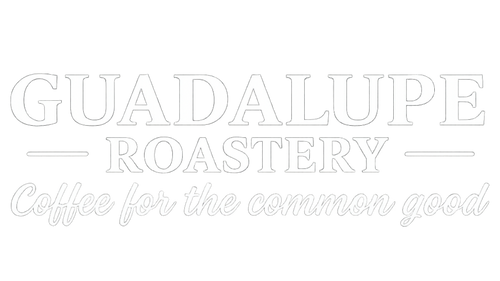Globalization has crossed many Christmas traditions for the best. The Christmas tree, an originally German tradition going back to Germany’s conversion to Christianity was popularized throughout the world after Queen Victoria, who reigned in England but was born and raised in Germany, put a Christmas tree at Buckingham Palace. Pine trees were a symbol of life and hope as they flourished and endured the toughest of winters. The idea of setting up a pine tree at home symbolizing eternal life and the hope that brings the birth of Christ caught on like wildfire throughout the world and has endured for centuries.
At the coffee farms, there are multiple traditions and practices that make this feast unique to the regions. Here is a bit about them!
Nicaragua
In Nicaragua, Christmas celebrations start on December 7th with “La Griteria” meaning the yelling. This day marks the feast of the Immaculate Conception and Nicaraguans pay homage to Christ’s mother by going home to home singing Christmas carols about Mary. Their cheerful efforts are rewarded with traditional baked goods such as Rosquillas and Leche de Burra.
On December 16th, nine days before Christmas, the people of Nicaragua start a novena in preparation. Every day they gather at friends and family’s homes and reenact Mary and Joseph’s travels seeking for a place to give birth. It is a joyful time to slow down with your loved ones and be present on the journey towards Christ’s birth.
Later, on Christmas Eve, families gather for a special meal followed by midnight Mass. After mass, families exchange Christmas cards and wish each other a Feliz Navidad! At last, they end with a bang! Fireworks are lit marking Jesus’ birth and children go to bed filled with excitement for the gifts Papa Noel (Santa Claus) will drop off while they sleep.
Colombia
Colombia’s Christmas is similar to Nicaragua’s as both are rooted in traditions from Spain. They also start by celebrating the Immaculate Conception on December 7th and the celebration is called “Dia de las Velitas” meaning Little Candles Day. The celebration starts with hot chocolate, buñuelos, pandebonos, and natilla. Colombian’s light candles all over the street and inside their homes with petitions for Our Lady on her feast. Sometimes the candles are held by decorative crafts and others have carved designs in it. In some regions, children write letters to Santa on this day and they burn them with the candles.
On the 16th, Colombians also start a novena as a way to accompany the Holy Family on their journey to the stable. They gather around the Nativity set (which are usually large) and every day they move Mary and Joseph closer to the stable and only on Christmas Baby Jesus is placed on the Nativity set.
On Christmas Day, Colombian’s take it easy and enjoy the morning at home with family. They continue following the Catholic traditions and attend either midnight mass or mass on the 25th. This is a time to relax and cherish family time. Later, on December 28th, Colombians celebrate Innocents Day. A memoriam to all the children who were killed by Herod’s order as an attempt to kill the Savior. This celebration is the equivalent to April Fools Day and while it is in memoriam of a tragedy, it is celebrated in the same goofy way.
Uganda
In Uganda, Christmas has its own nickname -Sekukkulu. The celebration starts the day before when families gather to prepare the meal and decorate their homes. Everyone spends the night in watchful vigil at the local churches. Sometimes, in certain remote areas, electricity is a scarce luxury, but during Sekukkulu candles light up the churches. Between the candles and the colorful outfits, the festive mood is established.
The meal has quite a distinct flavor as Chicken is roasted and smoked in plantain leaves. Giving it a distinct flavor, almost impossible to replicate outside of the country. Other meats and potatoes are cooked usually by the women. Children participate in the preparations and the excitement for the birth of Christ builds up throughout the day. Food is served on a large platter and everyone eats from it. Cutlery is rarely used, as gathering around the platter and eating with your hands symbolizes the unity of the community.
The celebrations revolve around food, family, and dancing. Gifts are not as expected as in the western world. The gift in this celebration is the time with family, the time to dance, and the time to be present among loved ones.
The fact that there are so many ways to celebrate and keep in memory the same message of hope, is quite inspiring, as they all constantly remind us of what the season is all about.

